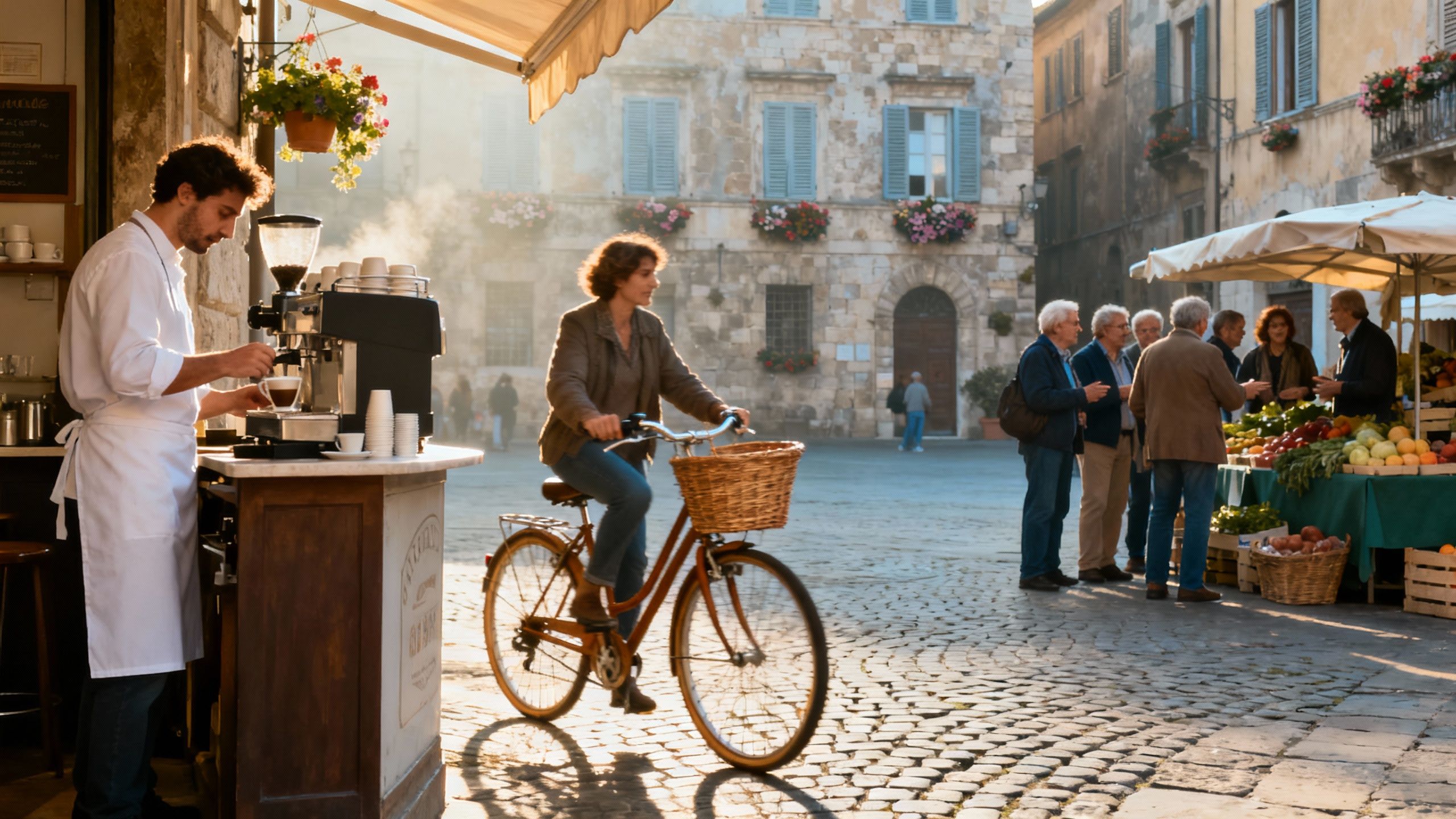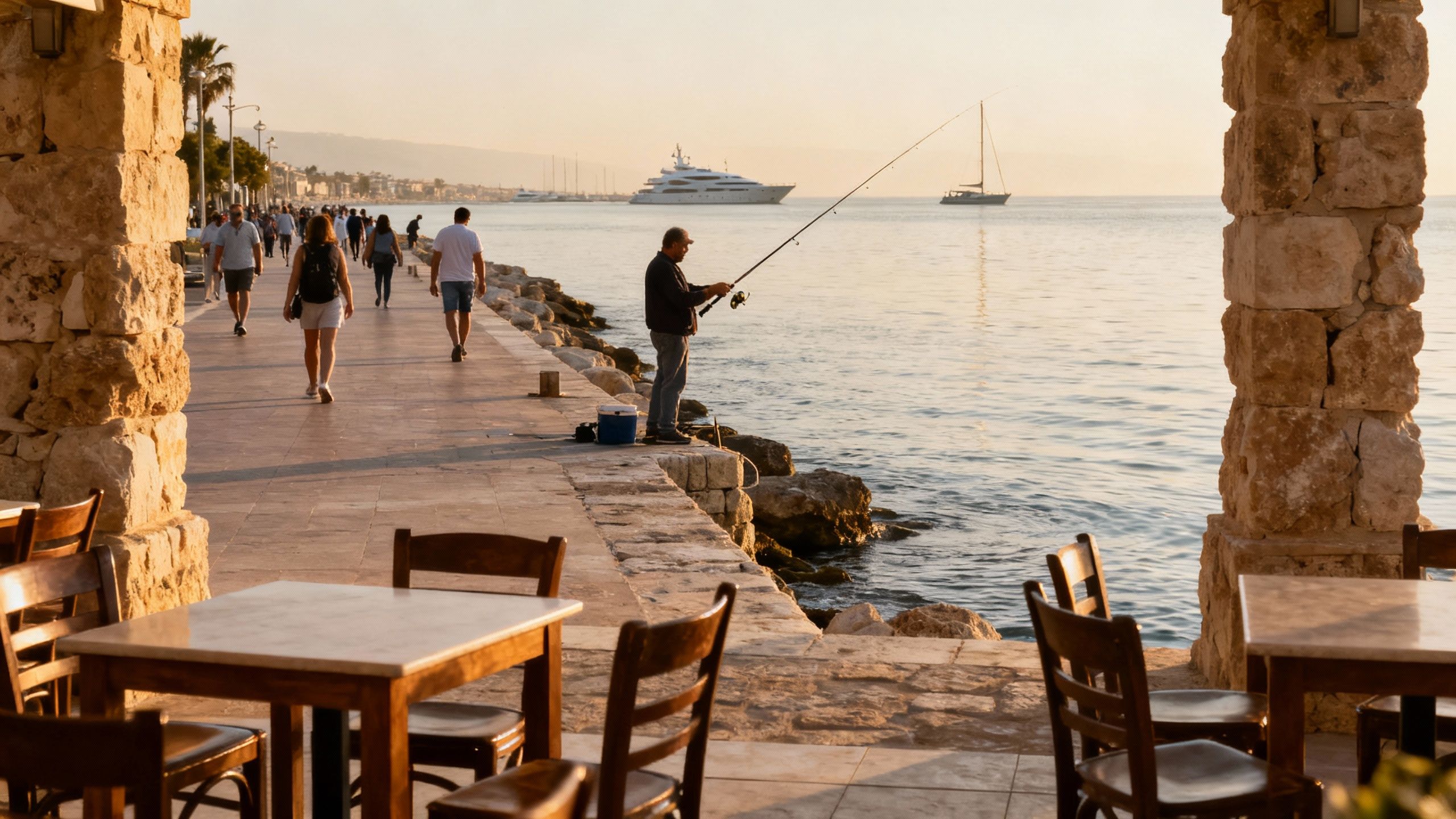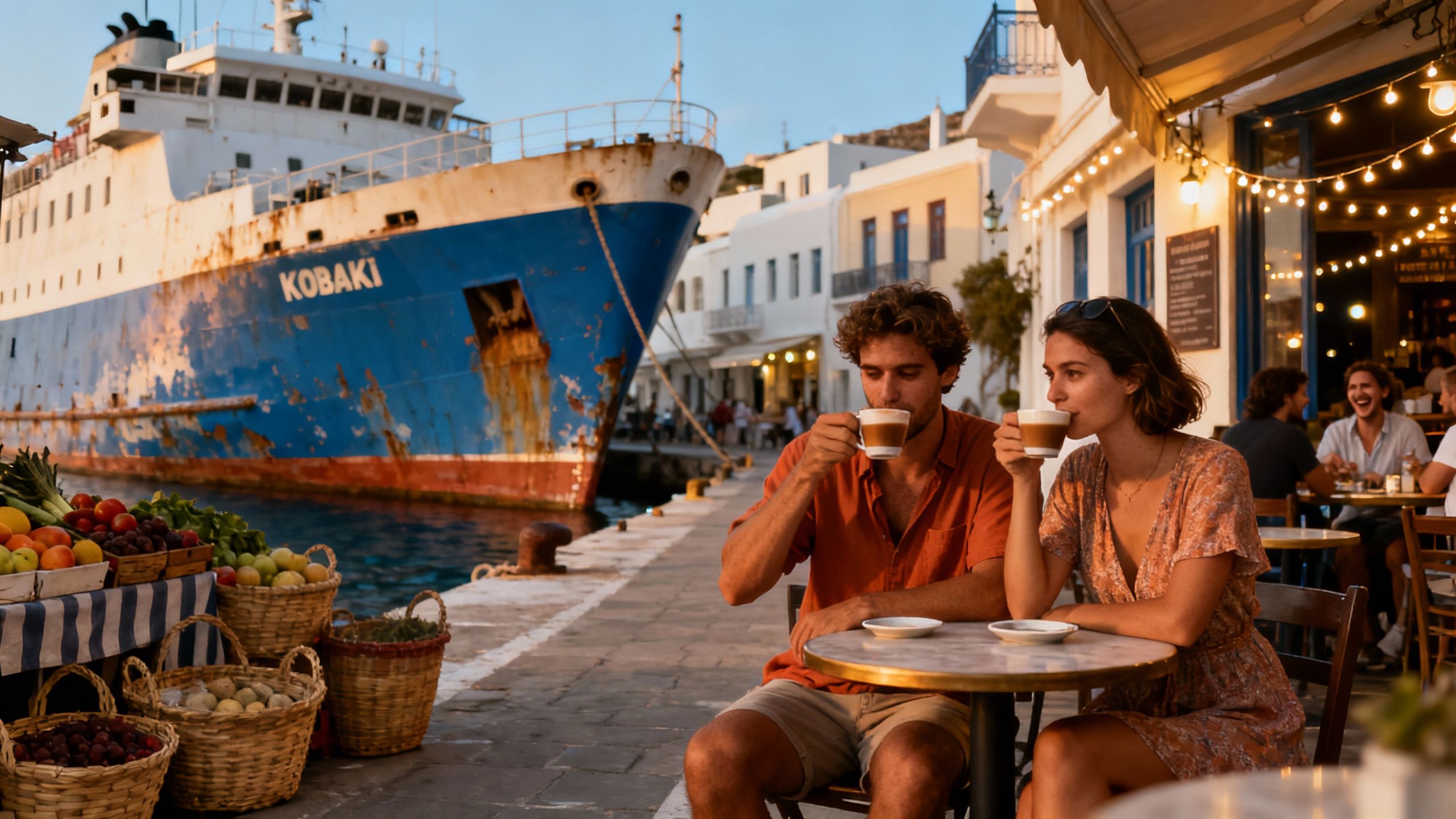Malta’s Price Myth: Where Value Hides in Plain Sight
Malta’s prices rise, but lifestyle value hides in quieter towns, terraces and Gozo. Use local data and neighbourhood trade-offs to buy life, not headlines.
Imagine starting the day with an espresso on Triq il-Kbira in Mgarr, then walking down to a sheltered cove for a swim — all within a 20‑minute drive of a medieval town where carnival lights still hang from limestone balconies. Malta compresses Mediterranean life into compact, lived-in neighborhoods where sea views, markets and quiet lanes coexist. This piece looks beyond headlines that label Malta "expensive" and shows where real lifestyle value sits — and how to capture it without paying a tourist premium.
Living the Malta lifestyle
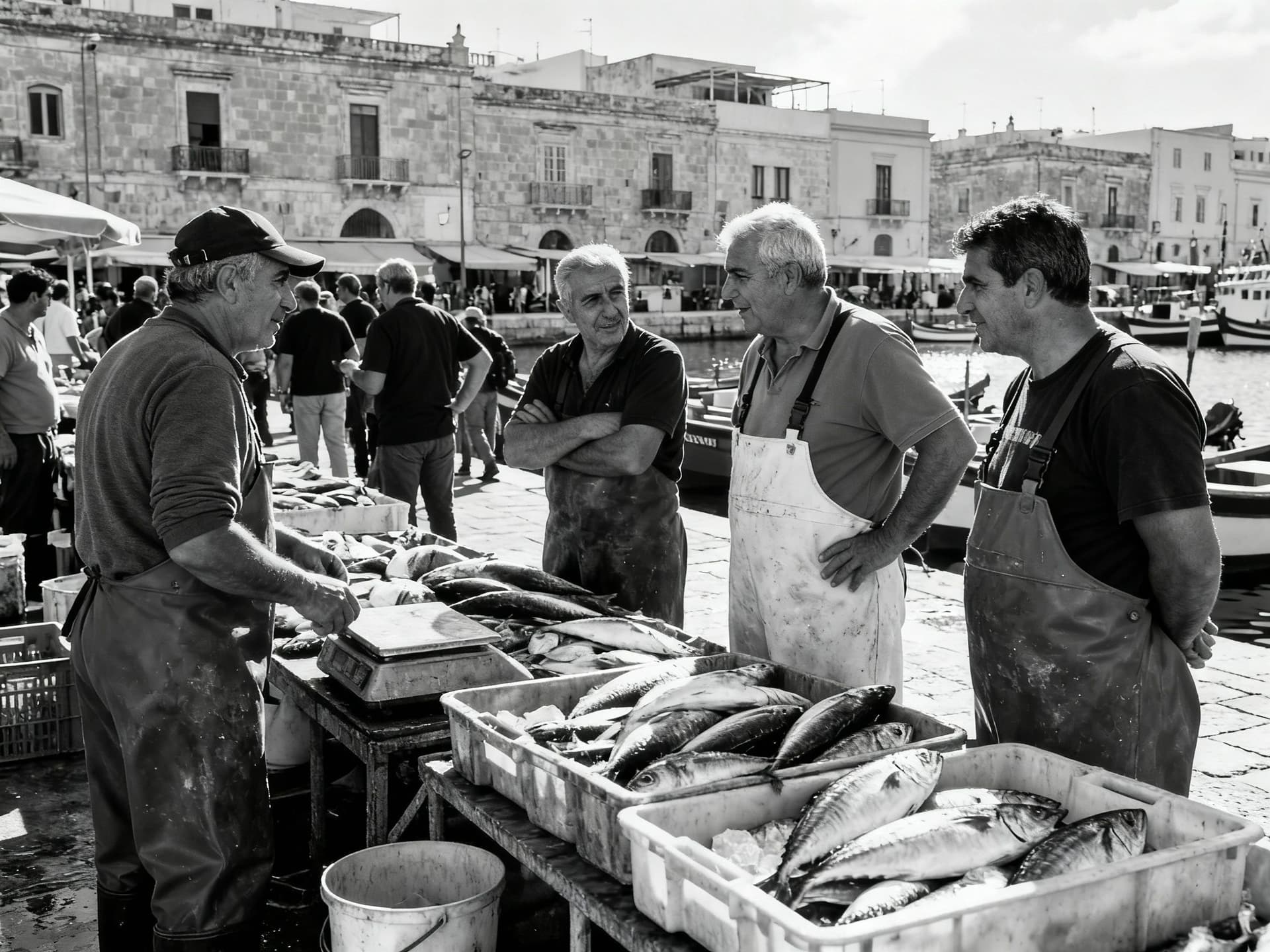
Life in Malta is tactile and immediate. Streets smell of baked bread and salt; morning market chatter begins before cafés bother with music; neighbours know one another and shopkeepers remember preferred coffee orders. For anyone moving here, those small routines — the paseġġs (strolls) along Balluta Bay, late dinners in Marsaxlokk or weekend hikes across the Dingli cliffs — define daily satisfaction more than headline price-per-square-metre figures.
Neighborhood spotlight: Sliema & St Julian’s — energy with trade‑offs
Sliema and St Julian’s deliver island convenience: cafes open at 07:00, ferries to Valletta, evening promenades and a concentration of international services. They are also the island’s price leaders, where modern apartments, short‑term rental demand and amenities command premiums. If you want nightlife and investment liquidity, these areas make sense — but expect to trade quieter streets and lower running costs for proximity and convenience.
Neighborhood spotlight: Mellieħa, Mgarr & Gozo — space and seasonal life
Head north to Mellieħa or across to Gozo and you find lawns, larger terraces and slower summers. These places suit families and anyone seeking space for a garden or reliable coastal walks. Prices here can be materially lower per square metre than central harbour areas, particularly for homes with outdoor living — which in Malta often translates directly to better quality of life for a similar budget.
- Lifestyle highlights: markets, beaches and hidden corners
- Sunday fish market at Marsaxlokk — fresh catch, low-key village life
- Terraced roof evenings in Valletta — small groups, big views, social life
- Ramla Bay in Gozo — sand, quiet months and homes that keep value when tourism softens
Making the move: lifestyle meets property reality
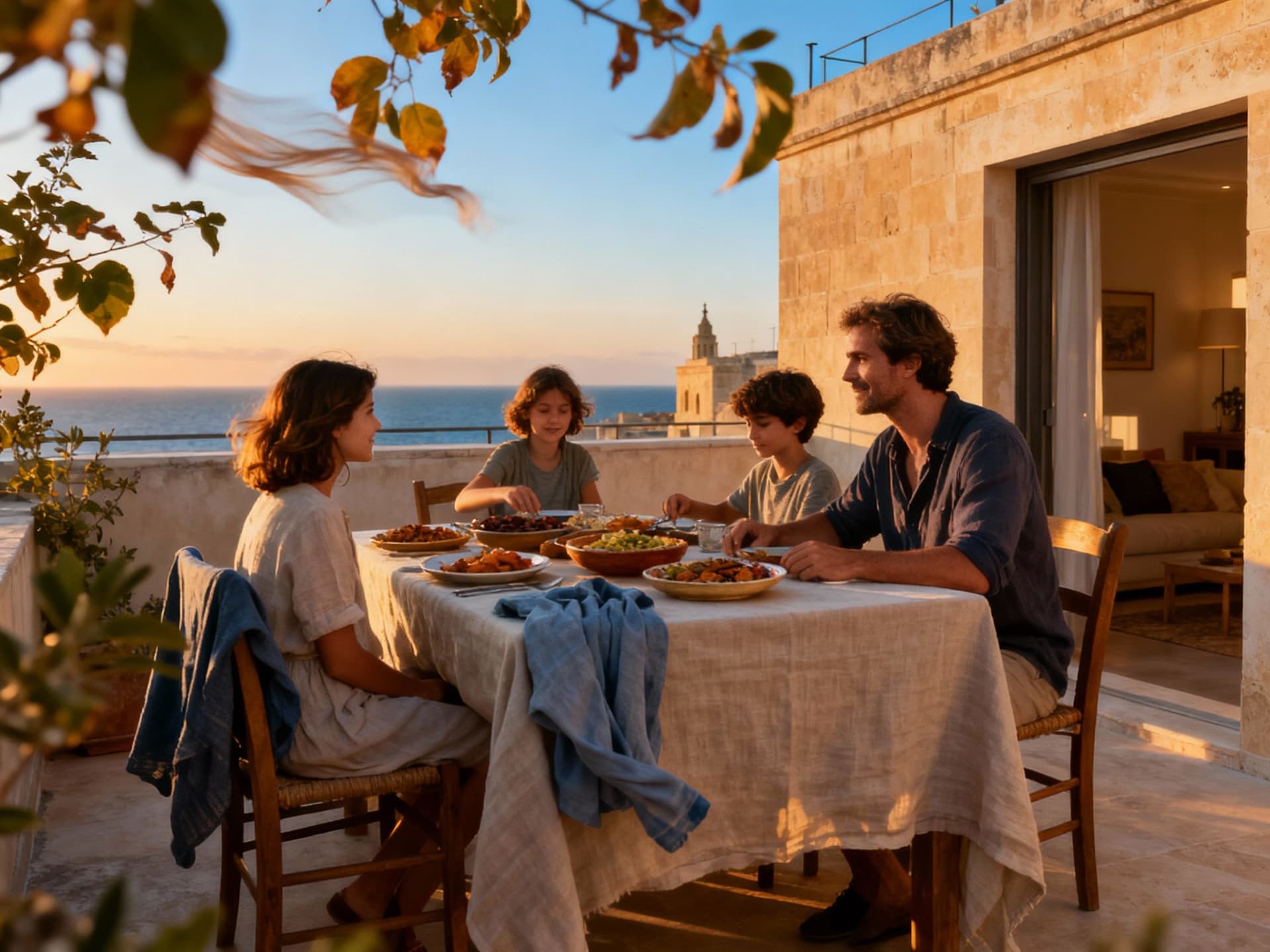
The market has been rising: the NSO’s Residential Property Price Index shows consistent mid‑single digit annual increases in 2024–2025. That momentum is uneven: apartments and maisonettes have different trajectories and prime harbour-side stock moves faster than inland homes. Meanwhile, recent rulings affecting investor citizenship schemes are altering demand patterns, particularly for the highest-end, short-term purchase decisions. Use data, not anecdotes, to match lifestyle goals with a realistic price band.
Property styles and how you’ll live in them
Historic townhouses in Vittoriosa offer high ceilings and character but often need waterproofing and insulation upgrades to be comfortable year‑round. Modern apartments in Sliema deliver low maintenance and elevators but smaller outdoor space. Maisonettes and ground-floor properties provide real outdoor living — a terrace or garden changes how often you entertain, how children play and whether you can grow vegetables. Match type to routine, not to Instagram appeal.
Working with local experts who understand the life you want
Agents who live locally and specialise by neighbourhood can identify properties that deliver the right lifestyle — for example, a terrace in Msida close to an international school or a quiet farmhouse near Għajn Tuffieħa for weekend retreats. Insist on agents who show comparable lived-in homes rather than staged listings. Their knowledge of micro‑neighbourhood rhythms will save you time and reduce negotiation friction.
- Steps that blend lifestyle and practical decision-making
- 1. Map daily routines: choose areas within a 20‑minute commute of essential services you’ll actually use.
- 2. Inspect for liveability upgrades: insulation, glazed balconies, reliable shutters and outdoor drains.
- 3. Compare real running costs: utility resilience, community fees, and seasonal maintenance for seaside exposure.
- 4. Use local comparables over national averages: two homes a few streets apart can differ substantially in long-term desirability.
Insider knowledge: what expats wish they’d known
Expats often arrive enchanted and learn the hard way that compactness is both a blessing and a constraint. Parking is limited in older towns; air conditioning alters energy bills; and public services run on island logic. Many newcomers underestimate the value of a ground-floor garden or a covered roof terrace — features that change daily life more than an extra bedroom. Equally, policy shifts around investor programmes have shown how quickly demand can shift for certain segments.
Cultural integration and everyday customs
English is widely spoken, which eases administrative steps and makes community entry smoother. Yet social life remains anchored in small rituals: late family meals, festa calendars and market routines. Attend a festa and you’ll meet neighbours; join a regatta or local choir and you’ll be invited to informal gatherings. Time invested in local rituals often yields greater quality of life than additional square metres.
Long-term lifestyle and investment considerations
Malta’s long-term case rests on limited land, an open economy and steady demand for residential stock. Expect continued, measured price growth rather than dramatic cycles. For lifestyle buyers who value proximity, community and outdoor living, certain neighbourhoods offer durable satisfaction even if headline yields are modest. If investment return is primary, focus on rental demand corridors and quality-of-life features that reduce vacancy risk.
- Red flags and practical checks before you sign
- Unfinished drainage and waterproofing issues in older townhouses — ask for recent works certificates.
- Short-term rental saturation in some pockets — check local council policies and actual occupancy data.
- Mismatch between advertised and usable outdoor space — measure terraces and check exposure.
Conclusion: buy the life you want, not the headline price. Malta rewards buyers who prioritise how they will use space over chasing central prime addresses. Start with a short stay, map daily routines, and work with a locally rooted adviser who shows you lived-in comparables. If you align lifestyle priorities with pragmatic checks — waterproofing, sun exposure, local rhythm — you’ll find pockets of genuine value across the islands.
British expat who relocated to Marbella in 2012. Specializes in rigorous due diligence and cross-border investment strategies for UK and international buyers.
